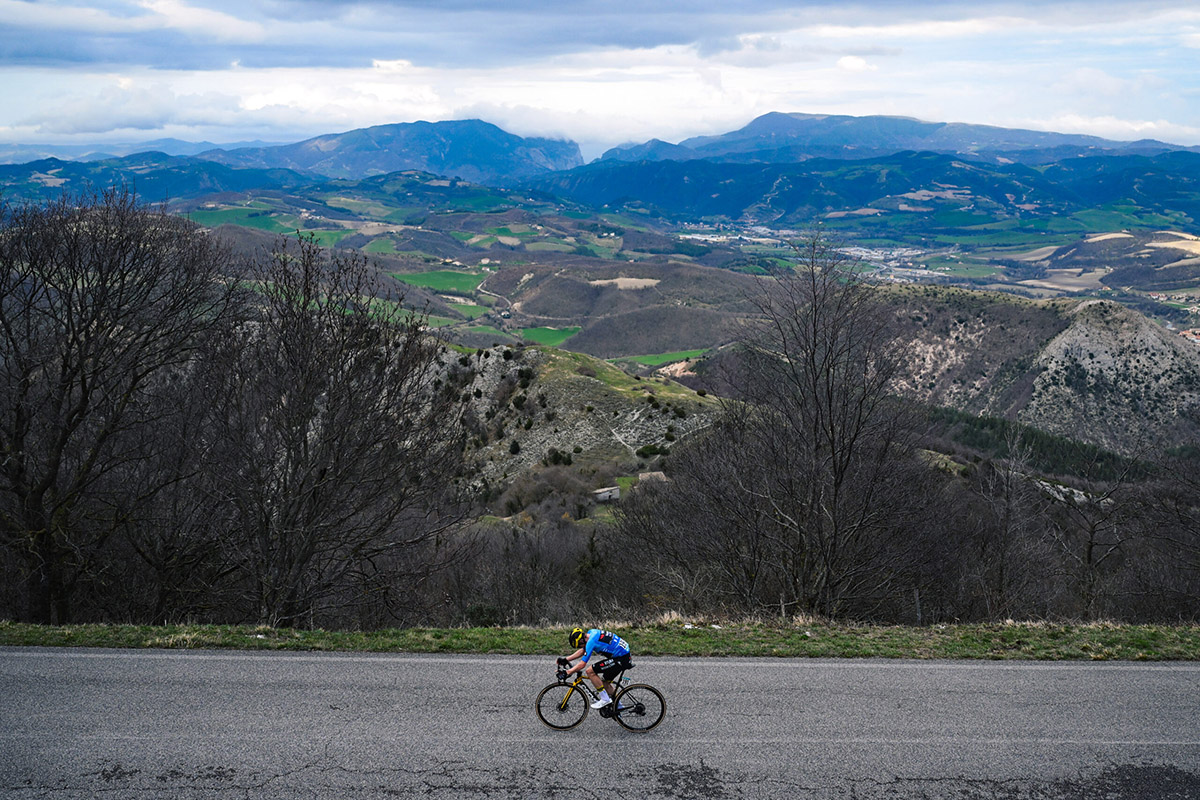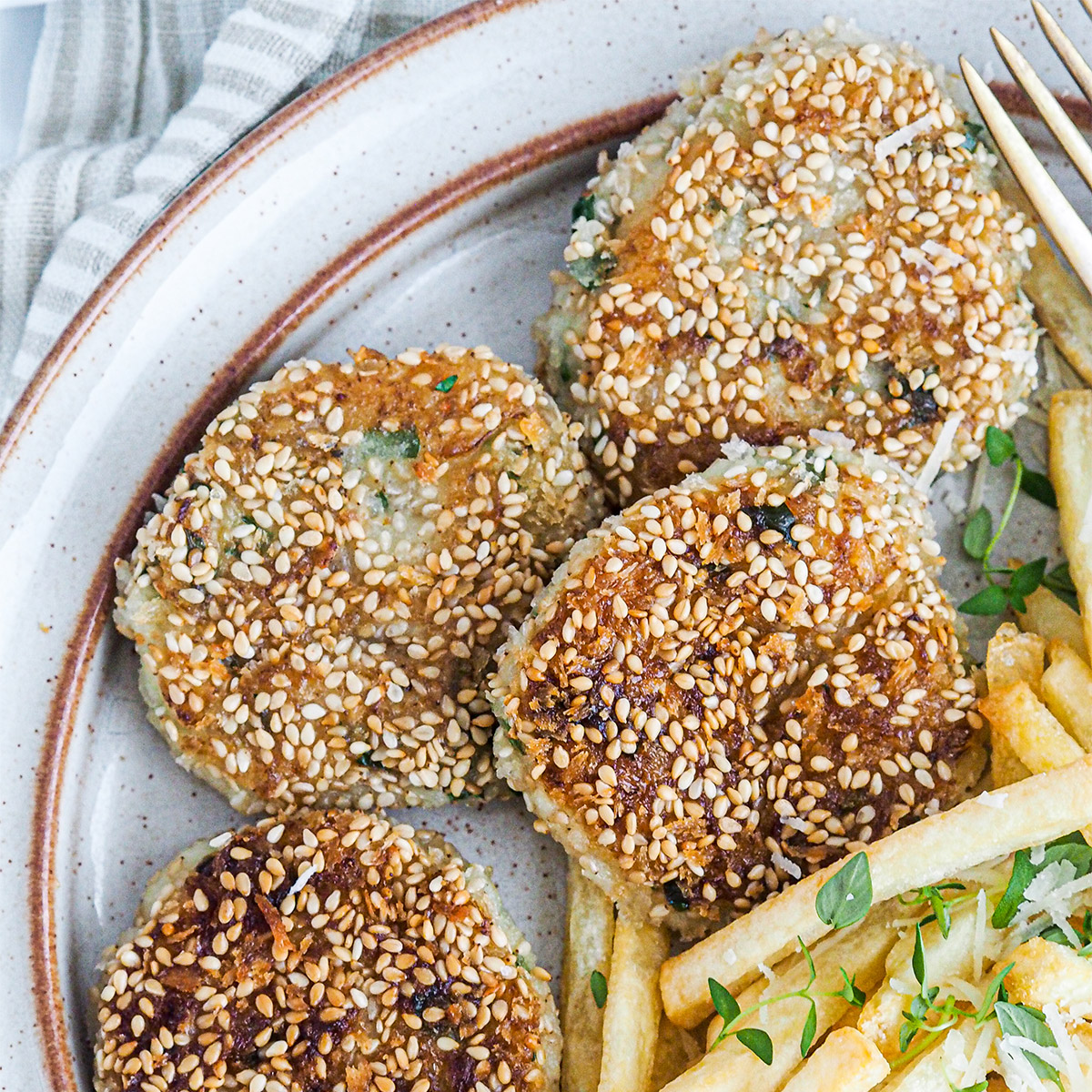The art of slow living – Living a life aligned with your true values
By Heidi Kokborg | Photos: Pixabay

Overbooked schedules, rushing from one appointment to the next, eating lunch on the go… How many of us are stuck in the rat race, always waiting for Friday or just ‘powering through’? Slow living offers a different lifestyle where you live with more meaning, purpose and consciousness. Slow living means living better, not faster.
Our society glorifies being busy – to the extent that we wear burnout like a badge of honour. In Denmark alone, 430,000 people experience symptoms of severe stress, and it is estimated that stress is costing the Danish government 27 billion kroner every year.

For young people in Denmark the numbers are even higher. As many as 40.5 per cent of young women and 23.4 per cent of young men are experiencing high levels of stress. In Norway, stress plagues a staggering 44 per cent of teenage girls.
“Living in a constant state of stress is damaging to our health, both physically and mentally. When stressed, we are activating our fight and flight response. We are more short sighted, less empathetic and tuning into our needs and our values becomes significantly harder,” explains Birgitte Sølvstein, psychologist and podcast host.
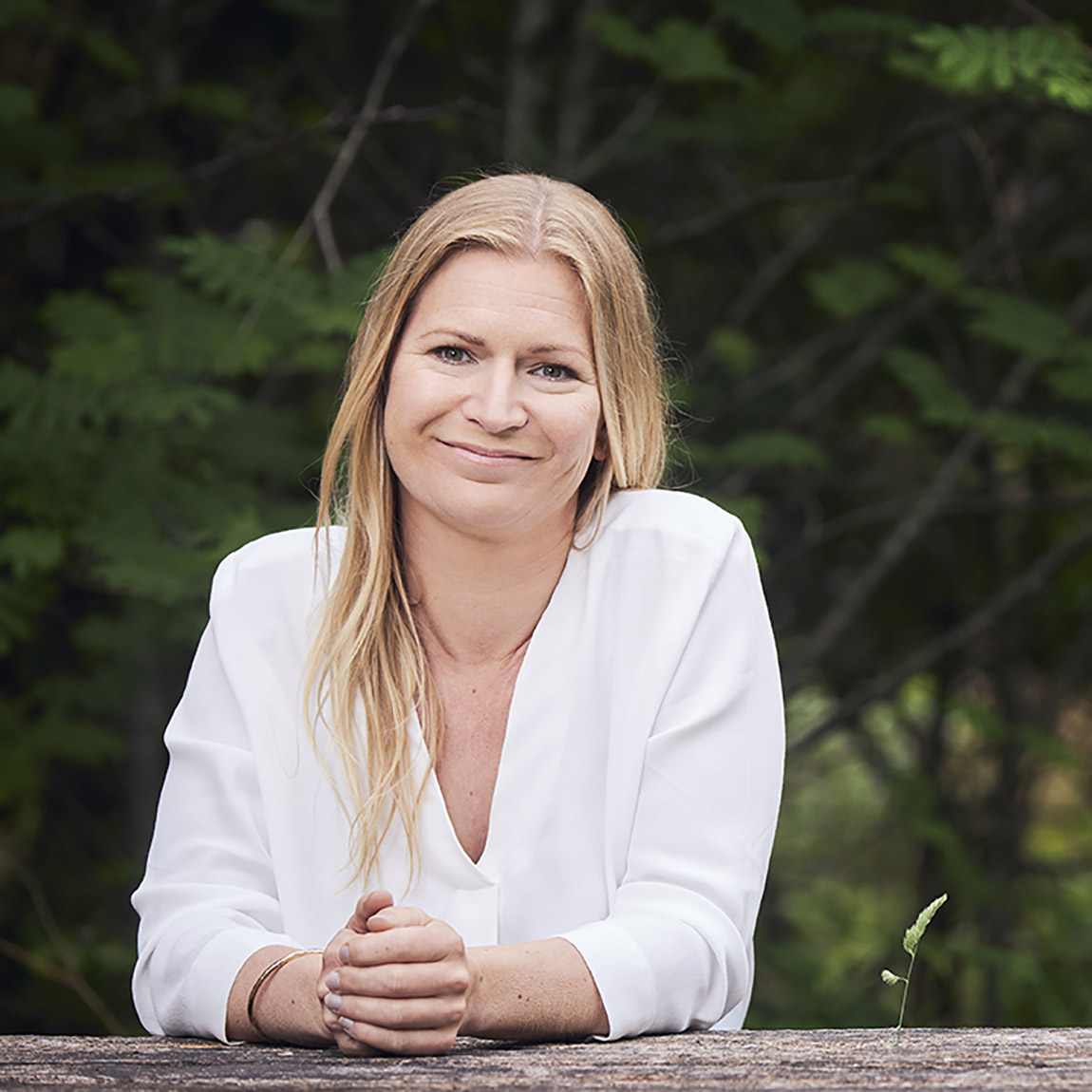
Birgitte Sølvstein.
The antidote to our busy modern lifestyle
Luckily, there is another way of living: slow living. Slow living is a mindset where you curate a more conscious and meaningful lifestyle that is aligned with your values. It doesn’t necessarily mean that you do everything slowly; instead it means you are doing everything at the right pace. Instead of striving to do everything faster, slow living places emphasis on doing things better. Often, this means doing less and prioritising what you are spending your time on. Slow living means placing your true values at the heart of your lifestyle, switching off autopilot and creating space for reflection and self-awareness.
“Slow living is a way of life. It is a choice to slow down and thereby experience more calm and presence and less stress. Ask yourself questions such as what kind of life do I wish to live? What brings me joy and happiness? What are my values? What does a meaningful life look like for me? These are the fundamental questions you need to ask yourself if you wish to embrace a slower lifestyle,” says Ole Ditlev Nielsen, author and owner of 20 Skridt – a platform of books, talks and online communities dedicated to slow living.
Slow living has its roots in Italy and is a part of a wider slow movement which began in Rome in the 1980s. When McDonald’s opened its first restaurant in the heart of Rome, Carlo Petrini and a group of activists formed Slow Food, a movement that defends regional food traditions. Slow Food sparked a broader slow living movement where slow was now being applied to other areas of life, such as work, leisure, fashion, travelling and parenting. This was mainly thanks to Carl Honoré’s book In Praise of Slowness from 2004, which helped bring the concept of slow living into the mainstream across the globe.
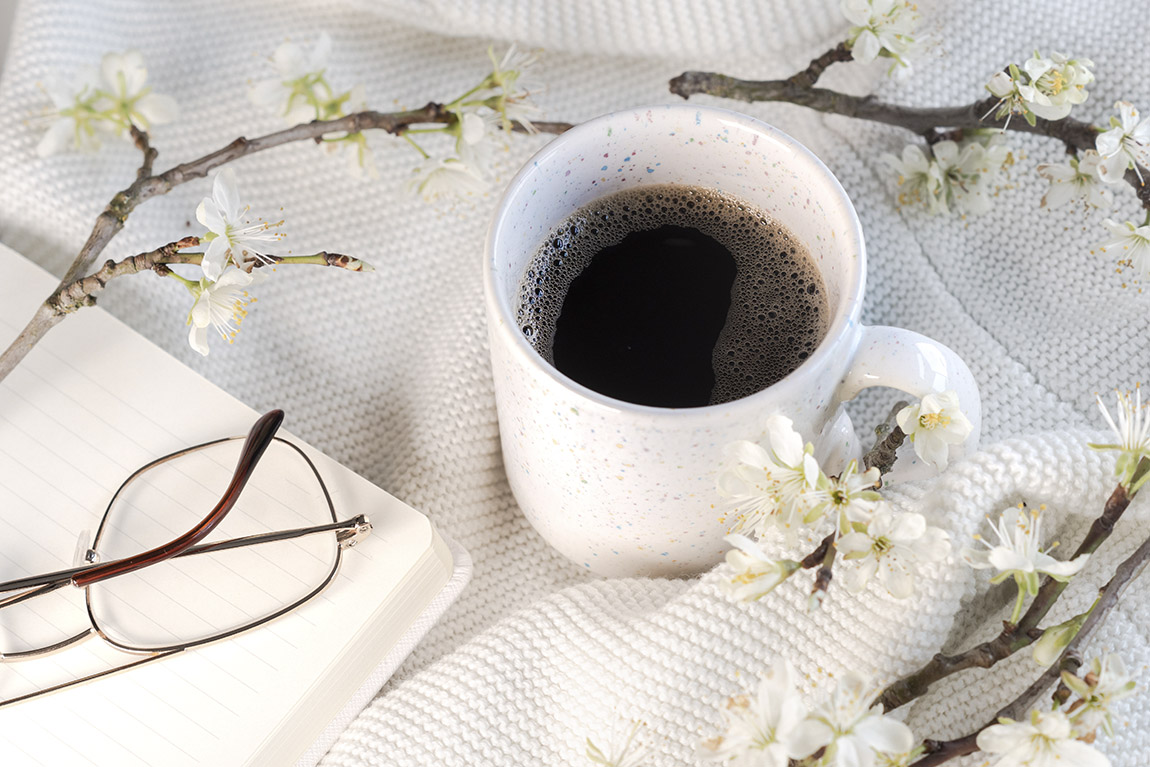
Say no to say yes
Choosing to live a slower life is a bold choice in a world that glorifies business and where driving flash cars and living in fancy homes are seen as status symbols. According to Nielsen, saying yes to a slower paced life means that you may need to give up driving a Maserati or living in a penthouse apartment.
“By saying yes to living slower, you need to say no to other things. Most people cannot both have a slow-paced lifestyle and afford designer clothes, expensive cars and a home that looks like something from the glossy pages of an interior magazine. However, you are saying yes to a more calm, balanced and less stressful life,” says Nielsen.
Sølvstein agrees that a slower life leads to a richer life. “When we slow down we naturally become more present, which makes us realise that we already have enough. We actually taste the apple or our morning coffee. We see the trees we are passing. These are qualities that are fundamental to mental well-being,” explains Sølvstein and continues:
“We get more out of life by doing less. Our relationships improve because we are more present and we take the time to have deep, meaningful conversations. We start to let go of stress, which makes us more open and empathetic and able to feel our true values.”
Embracing a slower paced life
One of the biggest misconceptions about slow living is that it suggests that we do everything in a low gear and move at a glacial pace. Whereas, in fact, slow living is simply about measured movement and switching off autopilot. This will give us the headspace we desperately need to prioritise what is important, and assign the right amount of time to each task or activity instead of rushing. It is living with intention and being mindful of what you are doing and why you are doing it.
But how do we practically embrace slow living in an everyday life filled with emails, news, screaming kids, deadlines, coffee dates and bills to pay?
Some of Nielsen’s tips include prioritising getting out into nature. Even a 15-minute walk in the park after dinner or a brisk walk around the block during your lunch break can be beneficial. He also suggests that you do something creative such as journalling, painting, drawing or playing music.
Another tip is to get up a bit earlier. Allow yourself to start your day slowly, whether that means meditating, going for a walk around your neighbourhood, reading a couple of pages in a book or simply sipping your morning coffee slowly and mindfully. Don’t spend this time replying to emails or scrolling through social media. Spend it on something meaningful that brings you joy.

Both Nielsen and Sølvstein also emphasise the importance of making more white space in your calendar. This will inevitably mean that sometimes you need to say no to dinner dates, work projects or replying to emails after a certain time.
“Allow yourself moments during the day to simply just be present. No social media, no emails, no news, no appointments… Just be in the present moment,” says Sølvstein.
You might be thinking that this is all well and good, but you have a full time job, kids, a mortgage to pay and an endless to-do list. But perhaps instead of thinking you cannot afford to slow down, perhaps ask yourself the following question: What will the price be if I don’t?
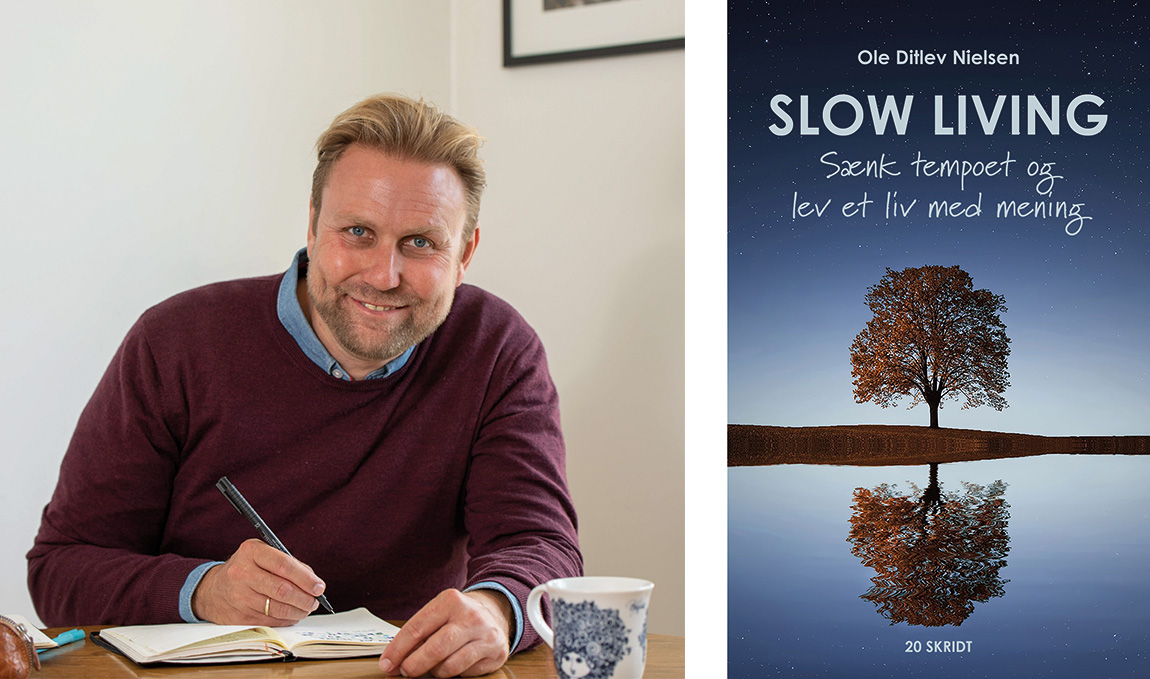
Left: Ole Ditlev Nielsen. Photo: Emilie Haut
Subscribe to Our Newsletter
Receive our monthly newsletter by email

